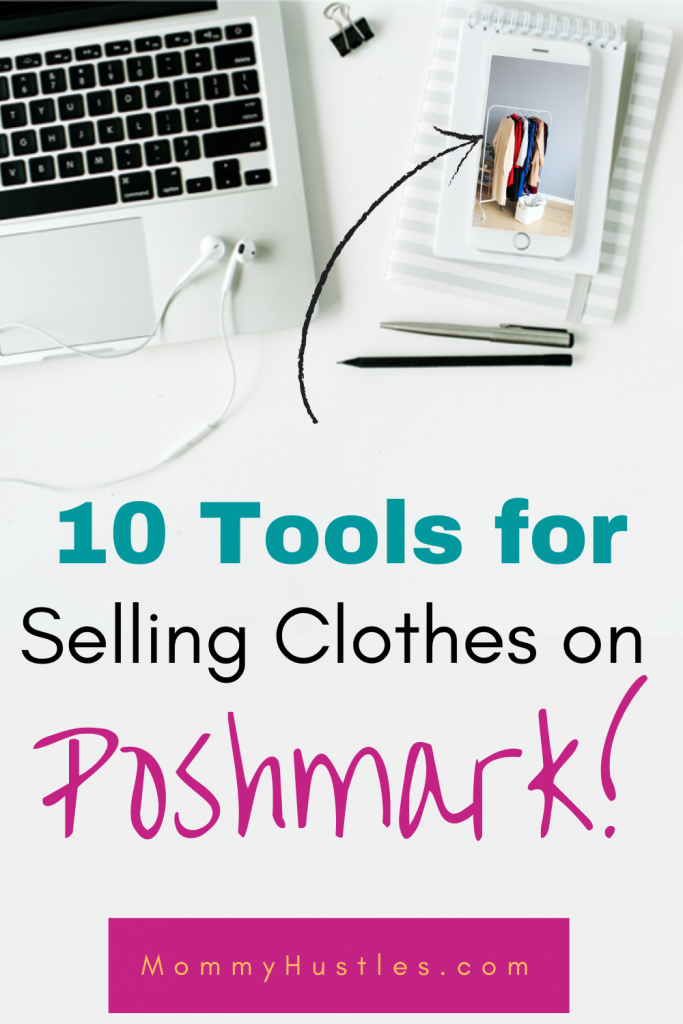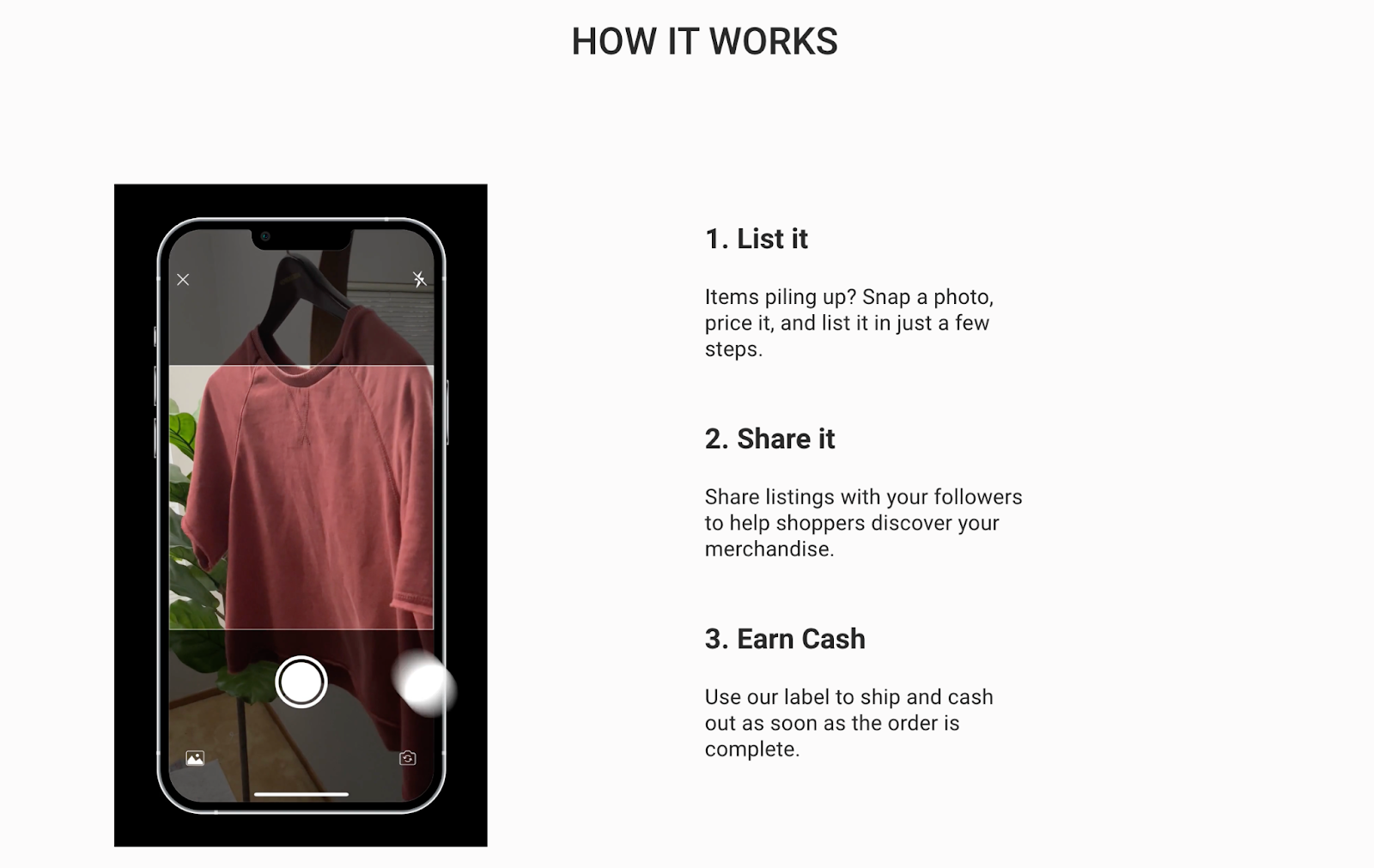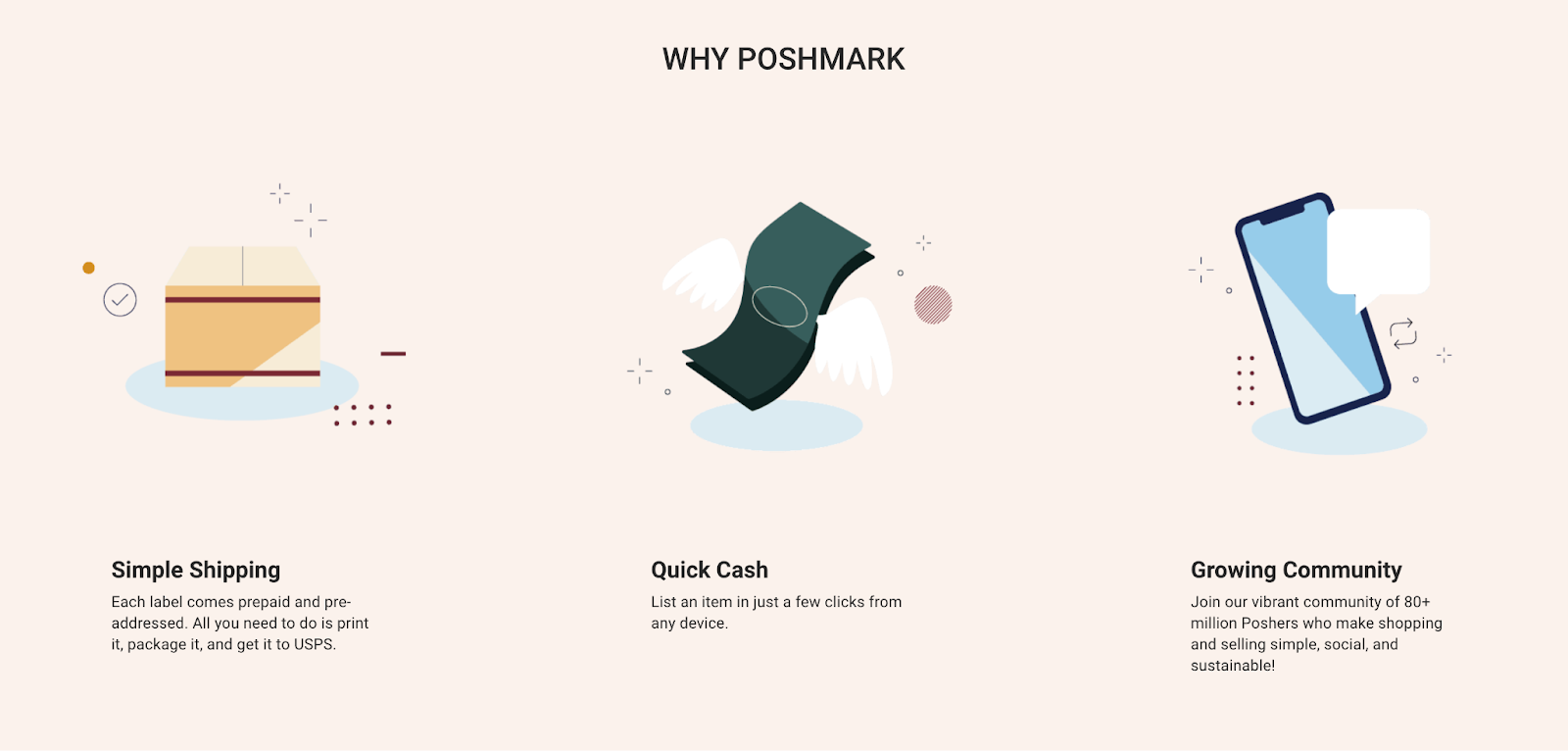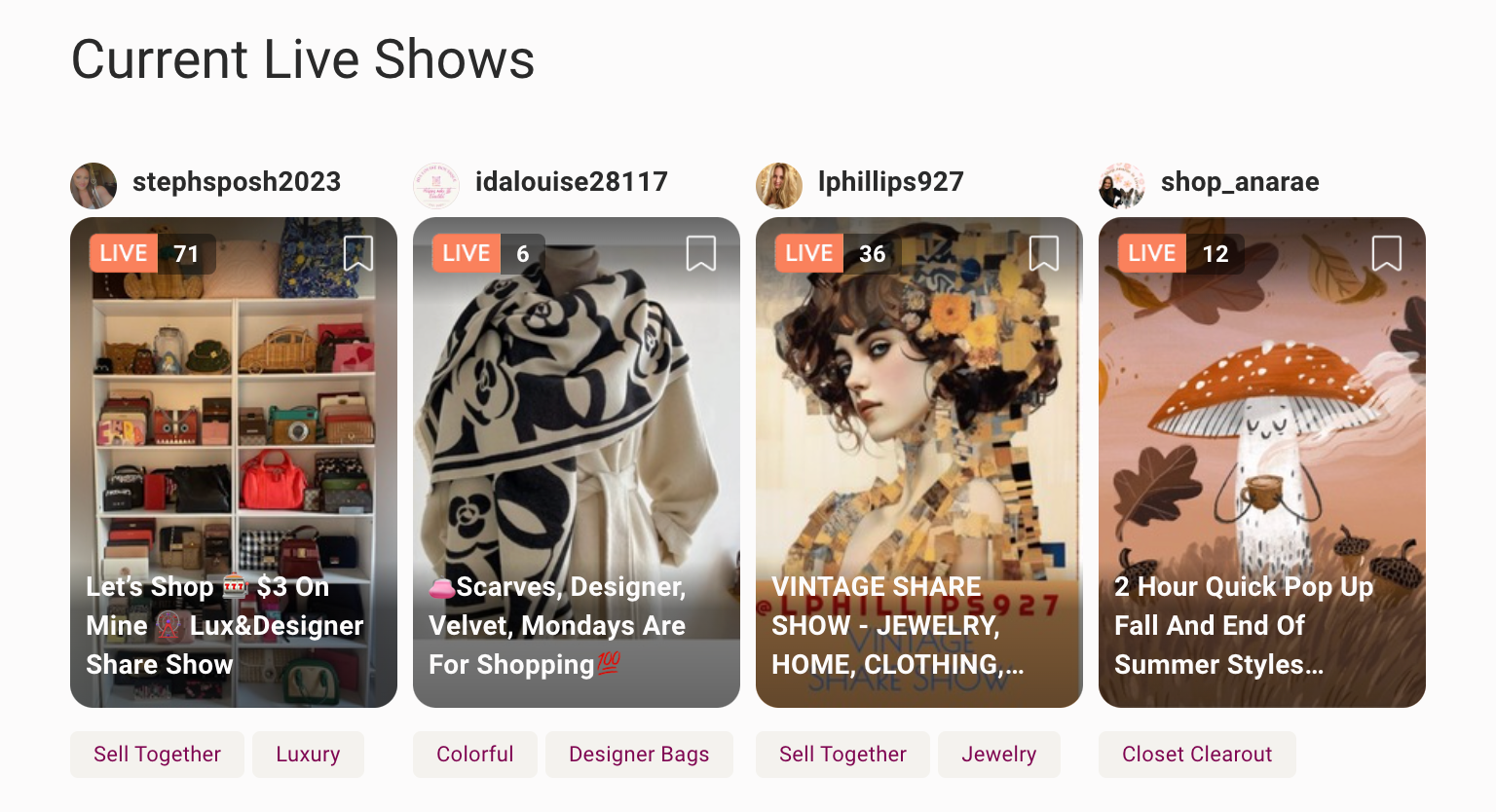Is It Easy To Sell On Poshmark

The allure of decluttering and earning extra income has drawn millions to online resale platforms like Poshmark. Promises of a user-friendly interface and a thriving community fuel the dream of turning unwanted items into cash. But beyond the perfectly curated photos and enthusiastic hashtags, lies a more nuanced reality. Is selling on Poshmark truly as easy as it seems?
This article delves into the complexities of selling on Poshmark, exploring the platform's strengths and weaknesses. It examines factors like competition, fees, shipping logistics, and the time commitment required for success. Drawing on user experiences, industry data, and expert insights, we'll unpack the challenges and opportunities that await aspiring Poshmark sellers.
The Allure and the Reality
Poshmark markets itself as a social commerce platform, emphasizing community and engagement. This approach fosters a vibrant marketplace where buyers and sellers interact directly. The platform's intuitive design and mobile-first focus make listing items relatively simple.
However, this ease of entry also contributes to a highly saturated market. The sheer volume of listings means individual items can easily get lost in the digital shuffle. Sellers need to actively promote their listings to stand out, which requires significant time and effort.
Competition and Visibility
The abundance of sellers creates a competitive environment. Prices are often driven down as individuals vie for buyers' attention. Algorithms prioritize certain listings, making it challenging for new sellers or those with fewer followers to gain visibility.
Strategies like participating in Posh Parties and sharing listings help boost visibility. However, these activities are time-consuming and don't guarantee sales. The platform favors active users, rewarding those who consistently engage with the community.
The Cost of Doing Business
While listing items on Poshmark is free, the platform takes a significant commission on sales. For sales under $15, Poshmark deducts a flat commission of $2.95. For sales of $15 or more, the commission is 20%.
This commission structure can eat into profits, particularly for lower-priced items. Sellers need to factor in the commission when pricing their items to ensure they're making a reasonable return. Shipping costs, while covered by the buyer, are also a consideration, as sellers are responsible for providing packaging materials.
Shipping Logistics and Customer Service
Poshmark provides prepaid shipping labels, simplifying the shipping process. Sellers simply print the label and drop off the package at a USPS location. This streamlined system eliminates the need for sellers to calculate shipping costs and create their own labels.
However, sellers are responsible for packaging items securely and ensuring timely shipment. Delays or damages during shipping can lead to negative reviews and disputes. While Poshmark offers some customer support, resolving issues can sometimes be a slow and frustrating process.
Time Commitment and Engagement
Selling on Poshmark requires a significant time investment. Listing items, sharing listings, participating in Posh Parties, and responding to inquiries all demand time and attention. Successful sellers treat Poshmark as a part-time job, dedicating several hours each week to managing their closet.
Engagement is key to success. Sellers need to actively engage with other users, following their closets and sharing their listings. Building a loyal following can lead to increased sales and a stronger sense of community. This includes continuously listing new items and refreshing your existing inventory.
Building a Brand and Establishing Trust
Establishing a brand identity can help sellers stand out from the competition. This includes creating a cohesive aesthetic for their closet, using high-quality photos, and providing detailed descriptions.
Building trust is also crucial. Responding promptly to inquiries, shipping items quickly, and providing excellent customer service can help build a positive reputation. Positive reviews and repeat customers are essential for long-term success. Honesty and transparency about the condition of the items are crucial.
Expert Opinions and Data
"Poshmark can be a great platform for selling clothes you no longer wear, but don't expect to get rich quick," says Sarah Jones, a personal finance blogger who has been selling on Poshmark for several years. "It takes time and effort to build a following and generate consistent sales."
According to a recent report by ThredUp, the online resale market is booming, but Poshmark faces increasing competition from other platforms. This intense competition highlights the importance of strategic pricing and effective marketing.
The Future of Resale and Poshmark's Role
The resale market is expected to continue growing in the coming years, driven by increasing consumer awareness of sustainability and a desire for affordable fashion. Poshmark is well-positioned to capitalize on this trend, but it must continue to innovate and adapt to changing consumer preferences.
The platform's success will depend on its ability to attract and retain both buyers and sellers. Addressing concerns about competition, fees, and customer service will be crucial for maintaining its competitive edge. It could be said that success hinges on effective use of algorithm.
Ultimately, selling on Poshmark is not a guaranteed path to riches. It requires hard work, dedication, and a strategic approach. While the platform offers a user-friendly interface and a vibrant community, success depends on a seller's ability to navigate the complexities of the online resale market and meet the demands of discerning buyers. The answer to whether selling is easy is: It is easy to start selling, but it is not easy to be successful.


















